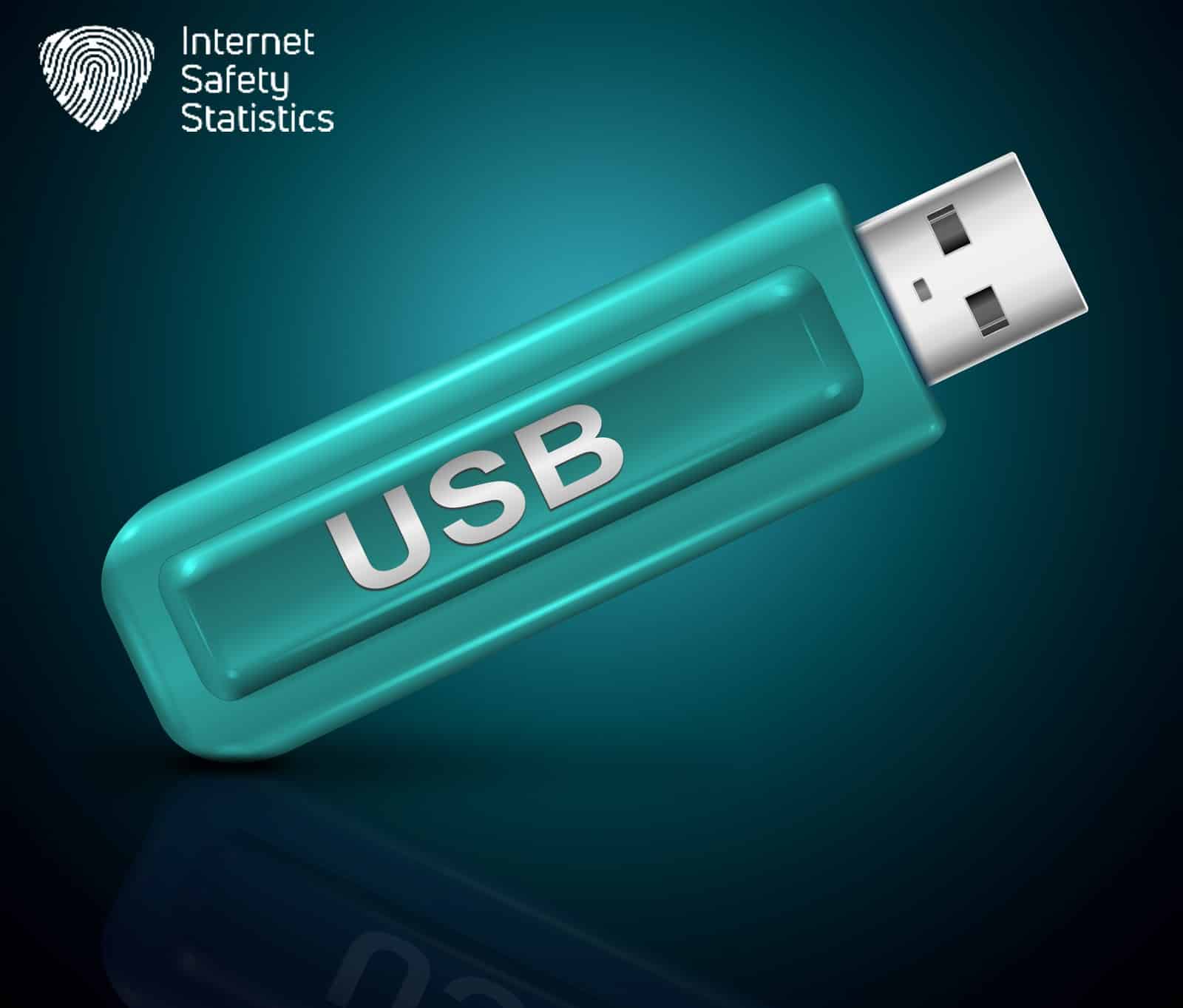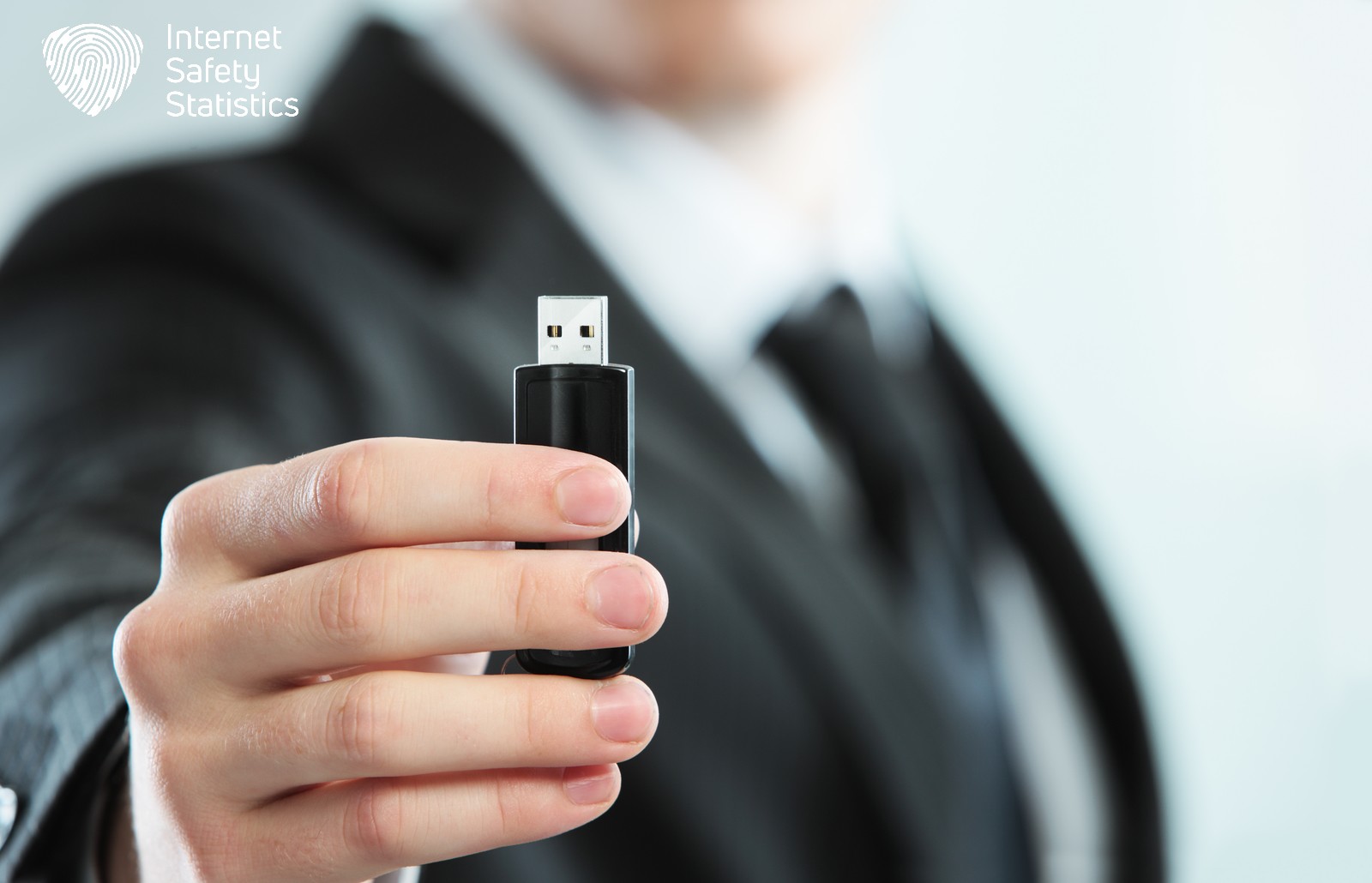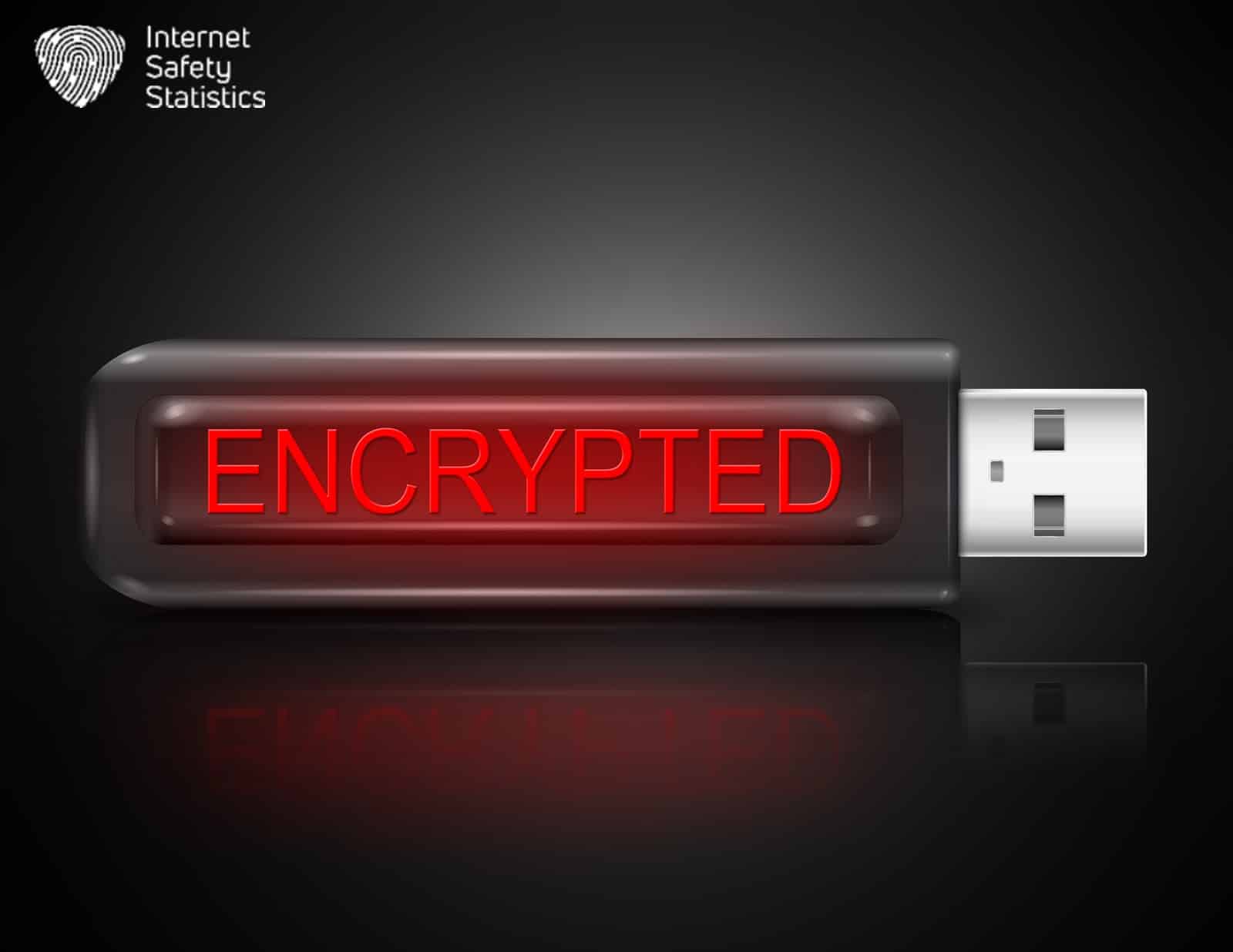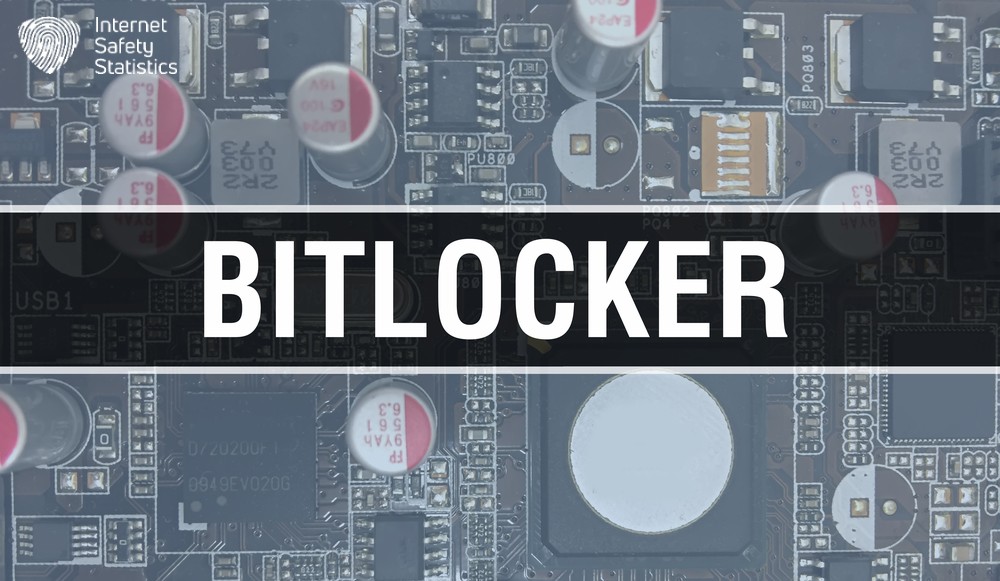
External Hard Drives or USB encryption is essential to your data’s security. Various operating systems have pre-installed default encryption software, such as BitLocker in Windows 10 and FileVault for macOS. BitLocker is the default encryption software in Windows 10 and the following versions of the Windows operating systems, such as Windows 11 Pro, Education and Enterprise and several Windows 7 editions. However, if you want to encrypt a USB without BitLocker, we’ve researched for you.
Why Would You Want to Encrypt a USB without BitLocker?
Various reasons can encourage users to refrain from using BitLocker. These reasons could be as follows.
- BitLocker is compatible with a limited number of operating systems. For example, if the user has Windows 7 Professional Edition, they wouldn’t find the software on their OS.
- The user could prefer an encryption algorithm different from that of BitLocker or would rather not depend on a proprietary encryption solution.
- If a user has concerns about the security of BitLocker, since it’s not an open-source encryption agent, you cannot be confident it has no backdoor. Although Microsoft stated there isn’t a backdoor through BitLocker, there’s no way of verifying that. So, users might search for third-party encryption software instead.
- Using third-party encryption software can offer flexibility and more customisation options, which might secure that data better. Customisation options include using numerous encryption methods or creating hidden encrypted volumes.
Encrypting a USB Flash Drive without BitLocker
Alternative encryption software includes VeraCrypt, which allows users to create encrypted containers or encrypt entire drives. The best feature about VeraCrypt is that it’s free and open-source software. There are also pre-encrypted flash drives where the encryption software is built into the drive, such as SecureAccess from SanDisk and the DataTraveler Locker+ from Kingston. Both encryption agents allow users to encrypt and protect the data stored on the drive.
How to Encrypt USB Drive on Windows 10 without BitLocker
Available options to encrypt a flash drive on Windows 10 without BitLocker include VeraCrypt and 7-Zip. The former is an open-source tool that allows you to create an encrypted container on your USB drive to store sensitive data securely. The latter, 7-Zip, is mainly a compression tool that will enable you to compress and password-protect files and folders. This software offers a solid level of protection, though different from VeraCrypt. The two free and easy-to-use encryption agents are the best alternatives to encrypting a flash drive without BitLocker. You simply open each agent’s website to download the software and follow the instructions to encrypt your USB drive effectively.
Step-by-Step Guide for USB Flash Drive Encryption on Windows 10 without BitLocker
If you want to encrypt a flash drive without BitLocker, we bring you the steps to install and use the third-party encryption agents VeraCrypt and 7-Zip. The software offers a step-by-step guide to encrypt USB drives, is easy to use, and is compatible with numerous operating systems such as Linux.
Encrypting a USB Flash Drive on Windows 10 Without BitLocker Using VeraCrypt
Here are the steps you need to follow to get VeraCrypt and use it to encrypt your flash drive without BitLocker.
- Head to VeraCrypt’s website and download the software onto your Windows 10 computer.
- Run and follow the installation steps to install the encryption agent.
- Open the VeraCrypt program and choose Create a New Volume.
- Click the option to Encrypt a Non-System Partition/Drive.
- Follow the next instructions to select your USB drive and set a password for the encryption.
- When the volume creation process is complete, mount the encrypted USB drive and transfer your files.
- Insert the flash drive into your device, open VeraCrypt, enter your password and mount the drive to access the encrypted data on the drive.
These easy steps ensure the security of your data and offer a simple, clean and user-friendly interface.

Encrypting a USB Flash Drive using 7-Zip
Using 7-Zip is a solid choice to encrypt your flash drive. However, this software is mainly identified as compression software. It is a free, open-source file archiver that can encrypt and secure files with a password. Here are the steps to follow:
- Plug in your flash drive and open 7-Zip.
- Choose the files you need to encrypt and click Add in the 7-Zip File Manager.
- The Add to Archive window will prompt you for a passcode, so enter a strong one and click OK to begin. Please be careful to keep the password private from anyone unauthorised; memorise it and store it safely to use later.
- When the encryption process is finished, you can find your encrypted files as a .zip file on your flash drive.
- You must remember the passcode to enter so you can access your encrypted files.
How to Encrypt USB Flash Drive in Windows 11 without BitLocker
There are several available software to encrypt a flash drive without BitLocker in Windows 11. Like Windows 10, you can use VeraCrypt or AxCrypt to create a secure and encrypted container on the flash drive. You can follow the previous steps to encrypt and access the data afterwards.
Another encryption option is AxCrypt, which you can install and use as follows:
- Download and install AxCrypt from the official website.
- Connect your flash drive, open the AxCrypt program and click on File.
- To allow the program to detect the USB drive, click on Options, choose Auto Detect USB Memory and click Yes to enable removable media detection.
- When the program detects the flash drive, it will prompt you to encrypt it. Create a strong password and proceed with the encryption.
- After the software encrypts the files on your USB flash drive, it will ask you to remove the drive from the computer safely. Now, you can safely eject the flash drive and use it with the added layer of encryption.
Exercise extreme caution to remember your password, whether for VeraCrypt or AxCrypt. This password is the only way to access the files on the flash drive; without it, you cannot retrieve the data. So, it’s best to keep the password safe and avoid sharing it with anyone unauthorised.
How Do You Password-Protect a Flash Drive without Using BitLocker?

The first method to password protect a flash drive without BitLocker is through third-party encryption software such as VeraCryp, 7-Zip, AxCrypt and DiskCryptor. All these encryption agents work the same; they let you create an encrypted container on your USB drive to store all the sensitive data, set a powerful hard-to-guess password, and you’re all set. Any data on this encrypted USB drive is inaccessible without the password.
The second method uses computer software, such as Rohos Mini Drive and Gilisoft USB Encryption. USB Safeguard has a free version compatible only with 4GB drives and an unlimited paid version. Another encryption agent is USB Secure, which has a free and paid version and encrypts USB flash drives and external and SSD drives. Like the first method, these safeguard your data on the flash drive by creating an encrypted partition instead of an encrypted container. Similarly, though, you also set a password to protect the partition and to be able to access the data later. These two methods are efficient and quick to secure your data by encrypting it without using BitLocker.
Comparison of Third-Party Encryption Tools for USB Flash Drives
What’s the difference between third-party USB flash drive encryption tools? Generally, when comparing these tools, we put BitLocker against another third-party encryption agent, such as VeraCrypt. All encryption agents are open-source, unlike BitLocker. Independent researchers constantly audit the code of open-source encryption agents such as VeraCrypt. Another significant difference between BitLocker and VeryCrypt is the former only encrypts entire partitions, in this case, a USB flash drive, and it can’t create containers to safeguard data. On the other hand, VeryCrypt’s primary encryption method is creating an invisible container on your flash drive for an extra layer of security.

BitLocker is a built-in encryption tool for Windows operating systems. At the same time, VeraCrypt is an independent downloadable agent compatible with numerous operating systems, while BitLocker is only available for Windows 7 Enterprise and Windows 7 Ultimate editions, Windows 10 and Windows 11 Pro. VeraCrypt is a reasonable choice if you have multiple devices with different operating systems. Both encryption agents offer robust encryption, and choosing which to use is a personal preference.
Benefits and Drawbacks of Non-BitLocker Encryption for USB Flash Drives
BitLocker might provide a solid extra layer of security, but it has some drawbacks compared to third-party encryption agents. Non-BitLocker encryption agents are compatible with a broader range of operating systems, facilitating data access and transfer between different devices. Third-party encryption agents offer advanced customisation of encryption methods and security parameters, giving users more control over their data. These agents can also be faster than BitLocker, accelerating file transfers, especially in work environments.
On the other hand, third-party encryption agents have drawbacks. One of the main drawbacks of these agents is they may offer a different level of security than BitLocker, making data more susceptible to breaches. BitLocker has a more user-friendly interface and doesn’t require advanced technical knowledge to use and manage appropriately. BitLocker might be slower, but it works with fewer errors and is more reliable, safeguarding data against loss or corruption.
The choice between BitLocker and third-party encryption agents is mainly a matter of personal preference. We recommend using BitLocker to encrypt a USB drive, if possible, and if not, we recommend carefully assessing the benefits you might get from each third-party encryption agent before choosing it.
